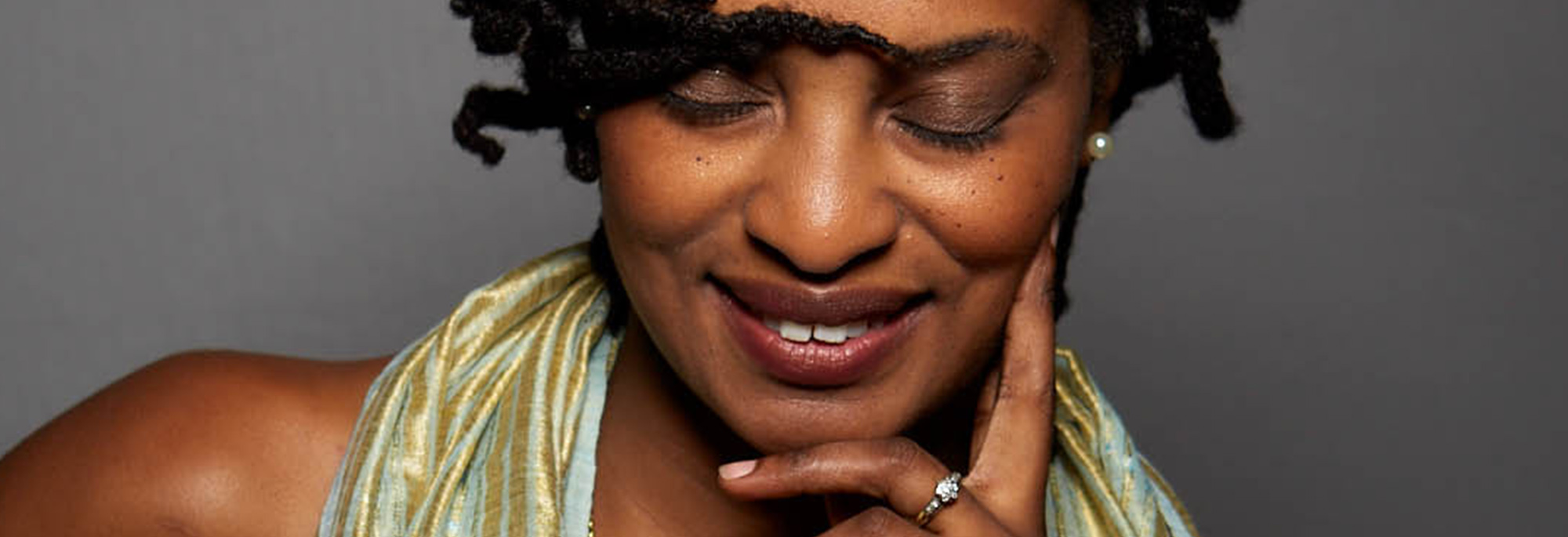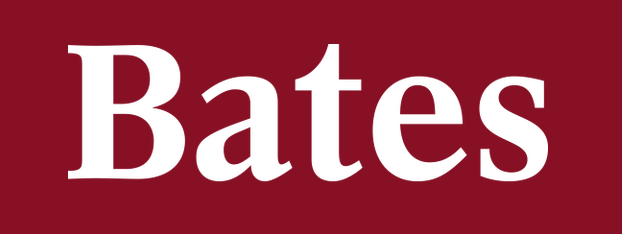Dance Conversations
COVID Talks with Raja and Dava
How did we come to this?
????? No Idea? We live in a time where our industry of live performing arts has come to a grinding halt. It was unforeseeable before COVID that there would be a time where we would not be able to move and touch one another in the ways we are used to as dance artists. In some respects, we should have known something like this could be possible in terms of there being pandemics in the past. However, in other respects, how could we have known.
Would you say more about what Now means to you?
Hmmm….now means rebirth of the dance industry as we know it. Now means death to the dance industry as we knew it. In some regard, it is a fascinating time of reimagining creativity and rejecting aspects of the dance world that did not serve our entire population. Now means forging ahead in a way built on a context of understanding what was missing and what we need to strive for, like supporting the most marginalized individuals in our industry. Providing support for the most under-resourced of our communities and broadening the understanding of what it means to be a dancer and a dance artist, and removing the normalized whiteness of it all. Also, demanding equity and financial support that is representative of the value diverse communities bring to our field.
Are you thinking about the future?
I think about the future as much as I think about the past as much as I think about the present. The future that I imagine is more evolved in an equitable sense than the present. I would like to see the future where someone of my background is valued just as much as cis white able-bodied, upper class, Christian, anglo male’s background.
Would you expand?
I am thinking about how this new way of valuing all of us could lead to sustainability and financial security for emerging artists and dance organizations that are Blacklead, for example.
What do you want?
I want a trickle-up instead of a trickle-down economics structure where the larger granting institutions give to the smallest of us instead of trickling financial resources down to the smallest individuals/artists/organizations. I want to see our dance field thrive in a holistically equitable way. I want to see racism, sexism, misogyny, ableism, homophobia, and all the isms eradicated. That’s not too much to ask, right?
Who’s responsible for the future?
We are all responsible for shaping the future we want to see. I am doing my part and encouraging the people I am in community with to do their part.
What role do you play in now or the future?
Utilizing my resources to empower and shape the younger generations of dance artists is part of my dance company’s mission. Some of the ways I do this is through my educational programming, through my horizontal reciprocal teaching philosophy, and my mentorship. Other methods are through my artistic programming, community engagement initiative, public writings, and speaking engagements. I try my best to lead by example and practice what I preach. That said, I am creating and promoting an equitable company culture where Davalois Fearon Dance (DFD) company members are appropriately compensated for their work, and their needs are at the forefront.
Do you have a community?
Yes
Who is in your community?
I have a vast web of a community that I engage with that includes DFD dancers, DFD administrators, DFD collaborators, DFD donors, DFD volunteers, DFD audience members, DFD funders, DFD donors, DFD initiative members, DFD Advisory board members, DFD Presenters, DFD interns, former and current students, colleagues, mentors, mentees, friends and family.
How do you maintain that community?
I make a conscious effort to communicate with all the folks I consider to be apart of my community. Communications come in many different forms depending on who it is. I am in touch with the DFD core team members (dancers, administrators, initiative members, volunteers, and interns) several times a week and all other community members at least monthly. Communications come in social media, emails, monthly newsletters, phone calls, texting, and zoom hangouts.
What do you think about imagination?
I have been witnessing a crisis of imagination in some spaces I am a part of. I think there is an unwillingness of specific individuals in the dance community to let go of the old ways of doing things. The old ways in which we knowingly and unknowingly participate in a system of inequity. A crisis of imagination as it relates to building an equitable future, now rather than later. As if these inequities are so entrenched that we cannot imagine life without them.
How do you respond to the idea of radical imagination?
With excitement! I wish we all radically imagined the way some civil rights leaders dared to imagine an unsegregated America.
How do you respond to the prompt of explaining an ethical or moral imagination?
I think an ethical or moral imagination is one that centers the most underprivileged communities/individuals. To me, it’s collective imagining as members of society rather than individuals.
How have you been processing the last nine months?
Accepting my limitations, creating new boundaries, and rejecting the pressure to produce as if we were not in a pandemic, especially given that we live in a culture that does not provide individuals grace and time to center their families and overall emotional and mental well-being. I have permitted myself to move at my own pace. I have embraced the time that I did not allow myself to have in the past just to be. I have reveled in the opportunity I was given to be with my daughter daily without having to commute hours away and be separated for 8+ hours daily.
All that said, I have been in a state of mourning for the many lives lost to COVID. A form of fear of the disease and of losing friends and family. A sense of immense vulnerability as a Black woman knowing how COVID has disproportionally affected Black people. I am concerned about getting sick and, if so, getting adequately cared, due to the many instances of medical racism I’ve personally experienced and or witnessed.
I have had check-in meetings with my dance company once a week since March 2020, and we have only taken breaks for holidays. We all have concluded that our weekly sessions have helped us process emotionally, mentally, and physically through dialogue, resource sharing, and moving what we have all experienced.
What, If any, has the last nine months had on your art making?
The impact has been almost a year of not being in process with my dance company in person, which has been incredibly painful, frustrating, and saddening. It has brought up an opportunity to give back to the dancers in the form of supporting their artistic journeys as makers and educators and re-centering myself in my physical practice and movement discovery.
What if any are the last thing affects you imagine?
A virtual coming together. That will occur with or without COVID. I will always have virtual events and incorporate a virtual aspect of any future in-person engagement. The accessibility initiative that we are currently working on has pushed me to reimagine what dance making is with accessibility at the forefront rather than an afterthought. I am now in the process of creating a project that will begin with those ideas in mind. Working with the Lenape center to create a land acknowledgment is also something that I am taking into the future, no matter what the future looks like.
What is possible now?
Education! Folks should be learning about the history of America from the perspective of the oppressed NOW. We can all take the time to educate ourselves and learn how to decolonize our minds, our dance field, and society. The other thing possible now is bonding together with others to build towards the future collectively. Advocacy can be challenging, taxing, and sometimes isolating if done without community support, especially when in an unsupportive environment that may not value your identity. If you can push for a better future, you should, and you can start doing so NOW. I am pushing for change NOW because I have a community that will embrace and support me along the way and heals whatever aspects of harm I may have encountered during the process of bringing forth the future impossible.
What role does performance play in a pandemic?
Performance is an opportunity for individuals to get together and have a collective experience. A multitude of individuals having a shared experience all at once can reduce feeling isolated. That has been my experience of doing the Davalois Fearon Dance Virtual Theater events.
What role does Performance play in a revolution?
Some performances can be an ignition to a revolution. When put in contact with the right audience member, it can be the match that sparks the fire of radical imagining. In my experience, individuals that have consumed my work have been inspired to shift what they are doing. Furthermore, some have been encouraged to seek ways to make the world a better place and participate in moving and changing others to do the same. Thus performance can be the seed of a revolution.
How do we go to where we want to go?
Those of us with the capacity will drag the world kicking and screaming into our very possible future!
About Davalois Fearon:
2021-22 Jerome Hill Artist Fellow finalist and Bessie awardee, Davalois Fearon, was named one of Dance Magazine’s “7 Up-and-Coming Black Dance Artists Who Should Be On Your Radar.” Fearon is a critically acclaimed choreographer, dancer, and educator born in Jamaica and raised in the Bronx. She danced with Stephen Petronio from 2005-2017 and founded Davalois Fearon Dance in 2016 with the mission to push artistic and social boundaries. Her choreography is said to reflect a “tenacious virtuosity,” which has been presented nationally and internationally, including at renowned New York City venues such as the Joyce Theatre, the Metropolitan Museum of Art, and the New Victory Theatre. Fearon has been featured in prestigious publications such as The New York Times and Dance we Do: A Poet Explores Black Dance by Ntozake Shange. Among others, Fearon has completed commissions for the Bronx Museum of the Arts, Harlem Stage, and Barnard College and is a recipient of numerous awards, including New Music USA Project Grant, Map Fund Grant, Dance NYC Dance Advancement Fund Award, and the Alvin Ailey New Dance Direction Choreography Lab residency. She is a professor at Purchase College and the College of Staten Island.


